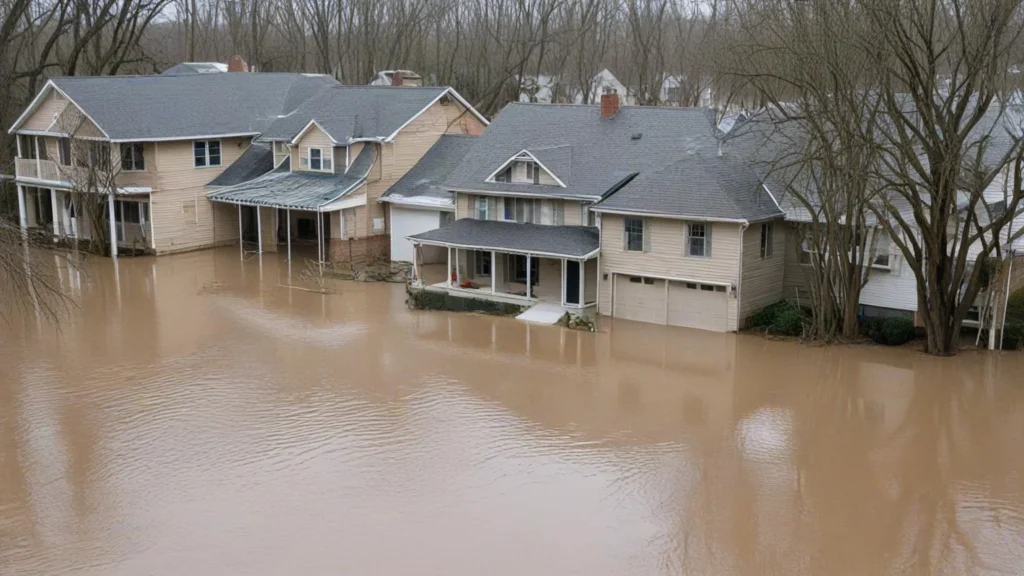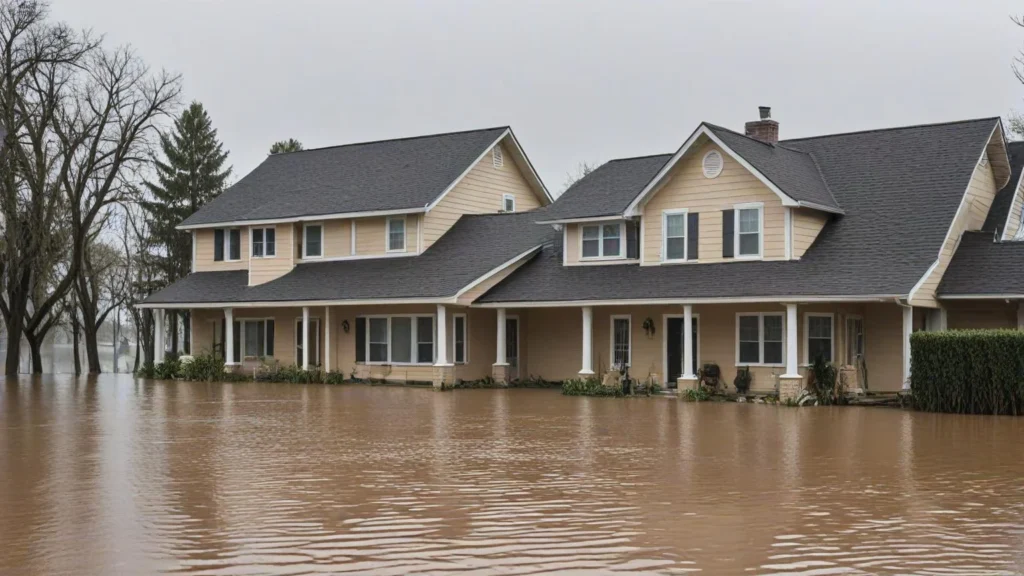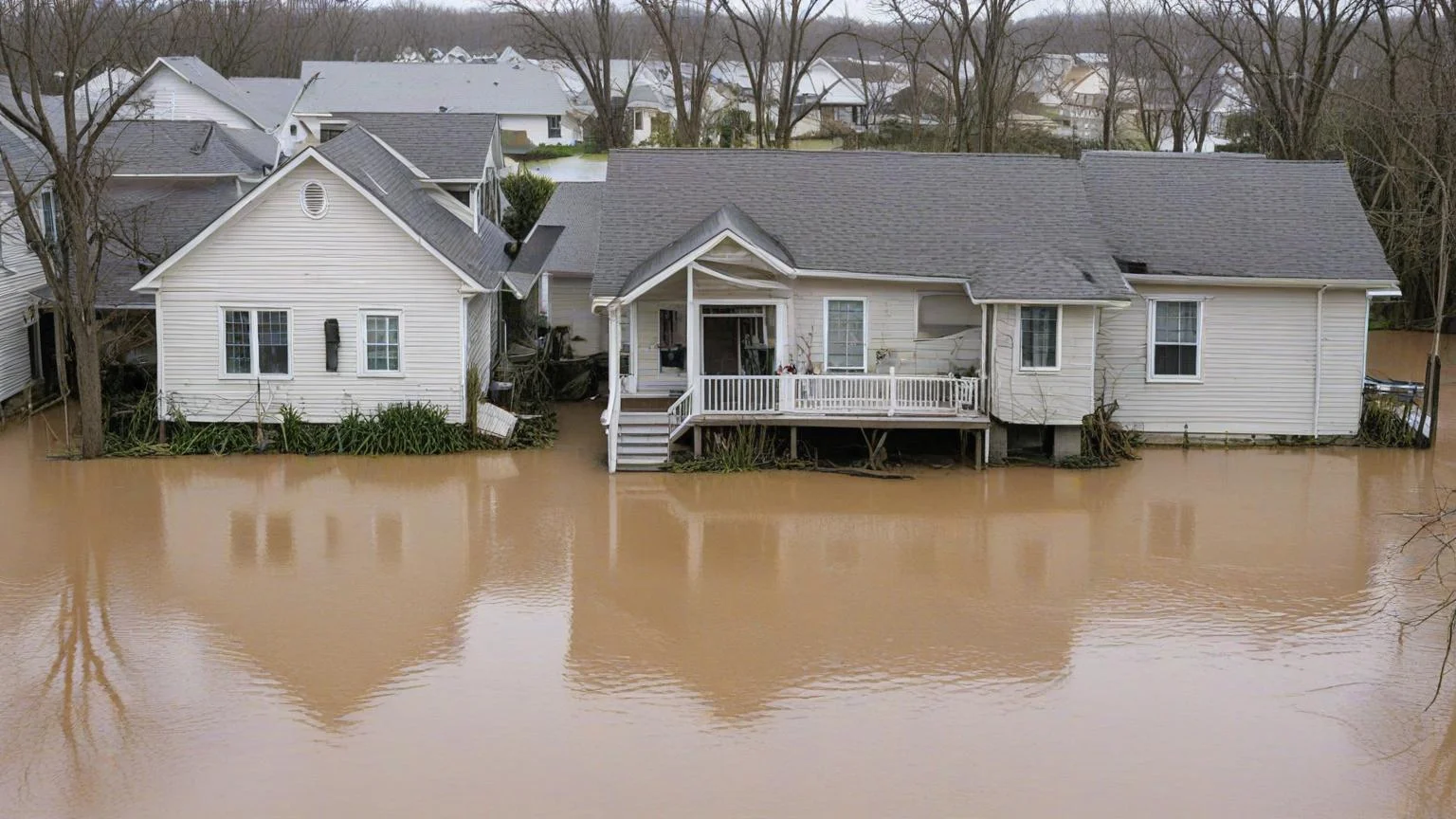Flood insurance is a crucial component of home protection, especially for those living in areas at risk of flooding. Understanding what flood insurance covers, the types of policies available, and the nuances of flood insurance coverage can help you make informed decisions about your home’s financial security. This comprehensive guide will answer common questions about flood insurance and provide insights into how you can best protect your property.
What is Flood Insurance?
Flood insurance is a specialized policy designed to provide financial protection for damages caused by flooding. Unlike standard homeowners insurance, which typically does not cover flood damage, flood insurance offers coverage for the unique risks associated with floods.
What is Generally Included in a Standard Flood Insurance Policy?
A standard flood insurance policy provides two main types of coverage: Building Property Coverage and Personal Property Coverage. Here’s a detailed look at what each type covers:
Building Property Coverage
What’s Covered:
- Structure: Covers the physical structure of your home, including the foundation, walls, and roof.
- Fixed Appliances: Covers built-in appliances such as the furnace, water heater, and air conditioning systems.
- Electrical and Plumbing Systems: Covers the electrical and plumbing systems of your home.
- Built-in Items: Covers items that are attached to the structure, like cabinets and countertops.
Coverage Limits:
- The maximum coverage limit for Building Property Coverage is $250,000 for residential properties under the National Flood Insurance Program (NFIP).
Personal Property Coverage
What’s Covered:
- Contents: Covers personal belongings such as furniture, electronics, and clothing.
- Basement Items: Includes coverage for personal property kept in the basement, like washers, dryers, and freezers.
- Other Personal Items: Covers other personal items like art, collectibles, and valuables (subject to coverage limits and exclusions).
Coverage Limits:
- The maximum coverage limit for Personal Property Coverage is $100,000 for residential properties under the NFIP.
The Two Types of Flood Insurance

Flood insurance policies come in two main types, each catering to different needs:
National Flood Insurance Program (NFIP) Policies
What It Covers:
- Basic Coverage: Offers standard coverage for building property and personal property.
- Available Through: Provided by the federal government and sold through participating insurance agents.
- Options: Includes standard coverage with fixed limits and deductible options.
How to Get It:
- Purchase: Available through insurance agents who participate in the NFIP. You can find a list of agents on the FEMA website.
Private Flood Insurance Policies
What It Covers:
- Enhanced Coverage: Offers additional options and coverage limits beyond what is available through the NFIP.
- Available Through: Provided by private insurance companies.
- Options: Includes a range of coverage options, such as higher limits, additional endorsements, and customized policies.
How to Get It:
- Purchase: Available through private insurance agents and companies. You can compare policies and get quotes from various providers online.
Which of the Following is Not Covered Under Flood Insurance?
Understanding what is not covered by flood insurance is as important as knowing what is covered. Here are common exclusions and limitations of flood insurance policies:
Flood Damage to Vehicles
- What’s Not Covered: Damage to vehicles is not covered under flood insurance. This includes cars, motorcycles, and boats.
- Alternative Coverage: Vehicle damage can be covered under comprehensive auto insurance policies.
Damage to Land
- What’s Not Covered: Flood insurance does not cover damage to land, including landscaping, patios, or driveways.
- Alternative Coverage: Land damage may require separate insurance or out-of-pocket repairs.
Financial Losses Due to Business Interruption
- What’s Not Covered: Flood insurance does not cover business interruption losses.
- Alternative Coverage: Business interruption insurance or a business flood policy can provide coverage for commercial losses.
Damage to Outdoor Property
- What’s Not Covered: Flood insurance generally does not cover damage to outdoor items such as fences, swimming pools, or sheds.
- Alternative Coverage: You may need a separate policy or endorsement for outdoor property.
Is Flood Insurance Tax Deductible?

Tax Deductibility of Flood Insurance
Flood insurance premiums are generally not tax-deductible for homeowners. However, there are specific scenarios where they might be:
Tax-Deductible for Rental Properties
- What’s Deductible: If you rent out your property, the cost of flood insurance premiums may be tax-deductible as a rental expense.
- How to Claim: Report these expenses on Schedule E of your tax return.
Tax-Deductible for Business Properties
- What’s Deductible: Flood insurance premiums for business properties can be deducted as a business expense.
- How to Claim: Report these expenses on your business tax return.
Tax Credits and Assistance Programs
- What’s Available: In some cases, you may qualify for federal disaster assistance or credits if you’ve experienced significant flood damage.
- How to Apply: Check FEMA’s Disaster Assistance Program for more information on available aid.
How to Get Flood Insurance for Your Home
Assess Your Flood Risk
- Check Flood Maps: Visit the FEMA Flood Map Service Center to view flood maps and determine your flood zone.
- Evaluate Risk: Understanding your flood risk will help you choose the appropriate level of coverage.
Find a Flood Insurance Provider
- NFIP Policies: Available through FEMA-approved insurance agents. Find agents on the NFIP website.
- Private Insurers: Search for private insurance companies that offer flood insurance and compare quotes online.
Choose the Right Policy
- Determine Coverage Needs: Decide on coverage limits, deductibles, and additional options based on your flood risk and financial needs.
- Compare Quotes: Get quotes from multiple providers to find the best policy for your situation.
Purchase the Policy
- Complete Application: Fill out the application with your chosen provider and review the policy terms.
- Pay Premiums: Make the initial premium payment to activate your flood insurance coverage.
The Cost of Flood Insurance
The cost of flood insurance varies based on several factors:
- Flood Zone: Higher-risk flood zones have higher premiums.
- Coverage Amount: Higher coverage limits increase the premium.
- Deductibles: Higher deductibles lower the premium but increase out-of-pocket costs.
Example Premium Costs:
| Flood Zone | Estimated Annual Premium |
|---|---|
| Low-Risk Area | $300 – $600 |
| Moderate-Risk Area | $600 – $1,000 |
| High-Risk Area | $1,000 – $1,500+ |
How to Save on Flood Insurance
Elevate Your Property
- Benefit: Elevating your home can lower your flood insurance premiums.
- How to Do It: Work with a contractor to elevate your home or make improvements.
Increase Your Deductible
- Benefit: Higher deductibles lower your annual premium.
- How to Do It: Choose a higher deductible when purchasing or renewing your policy.
Look for Discounts
- Benefit: Discounts may be available for properties with flood mitigation measures.
- How to Do It: Ask your insurance agent about available discounts for flood prevention features.
Summary Table of Flood Insurance Details
| Aspect | Details |
|---|---|
| What’s Covered | Building structure, personal property, fixed appliances, and built-in items |
| Types of Policies | NFIP Policies, Private Flood Insurance Policies |
| Not Covered | Vehicle damage, land damage, outdoor property, business interruption losses |
| Tax Deductibility | Generally not tax-deductible, but may be for rental properties or business properties |
| How to Get It | Assess flood risk, find a provider, choose a policy, purchase coverage |
| Cost Factors | Flood zone, coverage amount, deductible levels |
| Savings Tips | Elevate property, increase deductible, seek discounts |
Conclusion
Flood insurance is an essential protection for homeowners, especially those in flood-prone areas. It provides coverage for both building structures and personal belongings, offering a financial safety net in the event of a flood. Understanding what is included in a standard policy, the types of flood insurance available, and what is not covered can help you make informed decisions about your home’s protection.
While flood insurance premiums are generally not tax-deductible, there are specific situations where they might be, such as for rental or business properties. By assessing your flood risk, finding the right insurance provider, and exploring ways to save on premiums, you can ensure that you have the coverage you need to protect your home and financial future.

